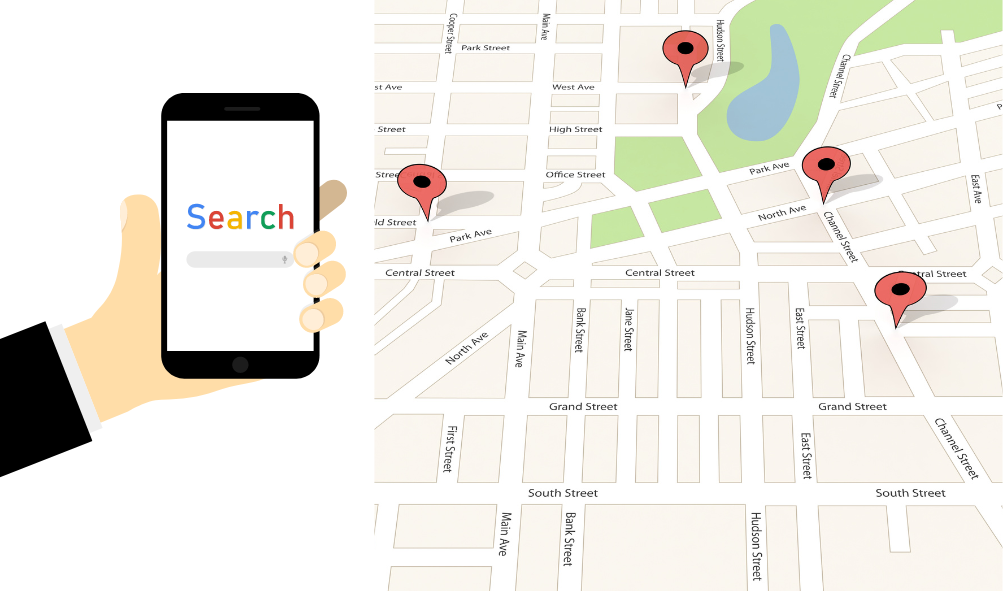Top 5 Tips on Google Search Optimization
Ever wondered how some websites always rank at the top of Google search results? There’s an art and science to Google search optimization, and the pros have unlocked the insider secrets. But don’t worry, we’ve cracked the code and are sharing the top tips to boost your Google rankings and send more traffic to your website.
You’ve spent hours crafting great content, designing an awesome site, and building your online brand. Now it’s time to make sure people can actually find you. With over 3.5 billion searches per day, getting on the first page of Google results is the holy grail. These insider tips will have you outranking the competition in no time and claim your spot at the top. Whether you’re a blogging pro or just getting started, our search optimization tricks will uncover the mysteries of Google and have you master your rankings. Ready to go from zero to hero? It’s time to crack the code.
1. Keyword Research – Selecting the Right Keywords for Google Search Optimization
To rank well in Google, you need to choose keywords that people actually search for.
Do thorough research
Check tools like Google Trends and Keyword Planner to see search volume and competition for keywords. Look for phrases with over 1,000 searches a month and low-medium difficulty.
Include synonyms and related terms
Include synonyms, related phrases, and semantically similar terms for your main keywords throughout your content. For example, use “digital marketing” as well as “internet marketing,” “online marketing,” and “web marketing.”
Place keywords strategically
Include your target keywords in headings, subheadings, the first and last paragraphs, and 2-3 times in the body content. Don’t overdo it, or Google may penalize you!
Provide value
Write content that provides real value to readers. Focus on being helpful, not just ranking in search results. High-quality, in-depth content will keep people on your page longer, which signals to Google that your content is useful.
Mobile-friendly design
With more people searching on mobile devices, make sure your website is mobile-friendly. If not, you’ll miss out on valuable search traffic and rankings. Responsive web design and accelerated mobile pages (AMP) can help.
Following these tips will put you well on your way to ranking higher in Google and gaining more search traffic. But remember, search optimization is an ongoing process. Keep refining and improving your content and website over time.
2. Optimize Title Tags and Meta Descriptions for Each Page
Want to rank higher on Google? Optimizing your title tags and meta descriptions is key.
Focus on your page titles first. These appear at the top of the browser and are critical for search ranking and click-through rates. Aim for 55-60 characters and include your target keyword. For example, “Crack the Code: 5 Insider Tips for Google Search Optimization”.
Then craft compelling meta descriptions of 150-160 characters. This snippet under the title is your sales pitch to get people to click. Mention your keyword, highlight the benefits, and end with a call to action like “Learn more”.
Use latent semantic indexing (LSI) keywords in your titles and descriptions. These are related words and phrases that help Google understand your content. For SEO, include terms like “improve search ranking”, “increase traffic”, or “top search results”.
Finally, make titles and descriptions unique for each page. Don’t just copy and paste the same one across your site. Customize them to match the specific content and keywords on that page.
With optimized title tags and meta descriptions, your pages will have a better chance of ranking higher in search results. And that means more targeted traffic and better visibility for your awesome content!
3. Create Quality Content That Answers User Intent
To rank well in Google search results, you need to create content that provides real value to users. Focus on addressing the intent behind the search query by:
Providing comprehensive, in-depth content
Google favors content that thoroughly covers the topic the user is searching for. Aim for authoritative content that establishes you as an expert. Include related terms and synonyms to capture a range of search queries.
For example, if writing about Google search optimization, discuss both SEO and SEM, organic and paid strategies, backlinks and anchor text, meta titles, and descriptions, page speed, etc. The more quality information you provide, the better. Just be sure to keep your content scannable and easy to read.
Answering common questions
Think about the types of questions users may have on the topic and directly address them in your content. Provide clear steps, examples, data, images, or video as needed to fully answer each question. Meeting the needs of your readers will keep them engaged and ranking your content higher.
Using an engaging yet professional tone
Adopt a friendly, conversational tone to connect with readers, but avoid being too casual. Your content should sound professional while still being accessible and easy to understand. Focus on educating and empowering your audience.
Keeping content up-to-date
With changes in search engine algorithms, your industry, and trends, content can become outdated quickly. Revisit older content and update as needed to ensure all information is current. Make updating existing content part of your optimization strategy. Fresh, relevant content ranks higher and provides more value to users.
4. Improving Site Speed is Crucial to Google Search Optimization
To rank higher in Google search results, improving your site speed is key. According to Google, 53% of mobile site visits are abandoned if a page takes longer than 3 seconds to load.
There are a few ways to enhance your site’s speed:
- Minimize the number of HTTP requests. The more files your page loads (images, CSS, JS, etc.), the slower it will be. Remove any unnecessary files and combine multiple CSS and JS files when possible.
- Compress images. Images make up most of the data on web pages. Compress your images to reduce their file size without sacrificing quality. You can use a tool like TinyPNG or Kraken.io.
- Enable browser caching. Caching stores website data in the user’s browser so it doesn’t have to reload it on subsequent visits. Set appropriate cache times for your images, CSS, and JS files.
- Minify CSS and JS. Minifying removes unnecessary spaces and line breaks, reducing the file size. Use a minifier tool on your CSS and JS files.
- Choose a fast, reliable web host. Your hosting provider and server setup have a huge impact on site speed. Choose a host known for speed and reliability, and make sure your WordPress install is optimized.
Improving your site speed is worth the effort. Faster sites lead to better user experience, higher rankings, and more traffic and revenue. Follow these tips and your site will be speeding to the top of Google search results in no time.
5. Create a Mobile-Friendly Website
A mobile-friendly website is crucial for ranking well in Google search results these days. Nearly half of all web traffic now comes from mobile devices, so if your site isn’t optimized for smartphones and tablets, you’re missing out on a huge number of potential visitors.
Make your site responsive
The most important thing you can do is make your website responsive. This means it dynamically adapts to whatever device it’s being viewed on. Images, text, and videos resize to fit the screen. Buttons and links are still easy to tap. Responsive design is Google’s strong preference and a must for ranking well.
You have a few options for building a responsive site:
- Use a responsive theme if you have a WordPress site. Many are free or low-cost.
- Redesign your current site to be responsive. This may require help from a web designer.
- Build a separate mobile version of your site. But keep the content the same to avoid duplicate content penalties.
- Use a page builder tool like Wix or Squarespace that creates responsive sites by default.
Going responsive is the #1 thing you can do to improve your search rankings and gain more mobile traffic. Once your site displays perfectly on any device, you’ll be in a great position for Google to send more mobile searchers your way.
Conclusion
So there you have it. Five tried-and-true ways to boost your search rankings and get your website in front of more eyeballs. The search optimization game is an ongoing process, but follow these tips and you’ll be well on your way to cracking the code. Stay up-to-date with the latest algorithm changes, focus on creating high-quality content, build internal links, earn external backlinks, and keep your page speed fast. Do that, and you’ll have Google on your side, which means more traffic, more visibility, and more success for your business. Now go forth and optimize! The top spots in the SERPs await.
Need help with Google search optimization? Pop Creative is one of the most trusted digital marketing agencies in South Florida that drives results. Call 786-477-6760 or request a FREE quote today.






Recent Comments